Grass, partially cut
For every benefit however, there's a deficit to consider on any particular "edge". In this case, we had grass growing directly above the wall. David normally cuts it with the brush-cutter, but during summer when the rain is about, it can grow really fast! If it sets seed, it can end up sprouting between the wall and hugel bed. Making access to pull it, much harder.
So I got my trusty (manual) hedge trimmers out, and cut the grass back, directly behind the bed. It took about 20 minutes all up. That's only because I was actually doing something with the grass, afterwards.
Using the cut resource
Close by, I also have in-ground hugel beds, which I mulched with the recently-cut grass. The same treatment was given last Autumn, so the remnants of that old mulch, was still on the surface. Meaning, as the new grass dries, there shouldn't be much nitrogen drawn from the soil. So it's a good idea to reapply mulch, before the old one breaks down completely.
The banana, arrowroot, pigeon pea tree, and newly sprouted pumpkin vines, didn't seem to mind. In fact, the more regularly I do this, the better the soil is becoming.
Faithful "Kent" pumpkin, does well in our garden
Fruiting plants, such as these pumpkins, do much better with a continual food supply, throughout the growing season. I noticed the leafs of these new pumpkin vines, responded immediately, to the addition of mulch.
Their leafs can handle strong sunlight, so long as their roots are kept cool. If I keep adding the grass mulch, as a form of garden maintenance and attempting to keep the snakes at bay, my fruiting plants, can only benefit.
Sustainable resource
As long as the rain makes an appearance throughout summer, I shouldn't run out of grass mulch, either. I took the picture above, from the same level as Hilltop chicken coop. You can see where I cut the grass with the hand sheers.
David was able to come through, several days later, to brush-cut the remaining grass. It was quicker, but also flung the grass right where I didn't want it to be - between the wall and bed.
two vintages of mulch
The yellow mulch, was from my hand trimming efforts, and the greener mulch, was applied several days later, after David cut down the rest. I've noticed since the rain has arrived, my energy levels in the garden have escalated. I'm out there all the time, interacting with it the growing systems.
It must be what small birds must feel like, when the rain comes and the grass grows too. It's time to get busy and make a nest. In this case, the nest, is my garden. I may not need long grass on the retaining wall, but I could use it lower down the slope.
No more grass seeds - for now
Permaculture principle #11, asks us to consider USING edges and valuing the marginal. In this particular instance, where the block wall & raised bed (infrastructure) meet the natural elements, the grass seeds will of course, attempt to exploit that niche in between the infrastructure. That's how nature uses edges.
In order to make my maintenance easier, and (hopefully) less snake friendly, I choose to exploit that same edge, to benefit my growing systems. There's TOO MUCH grass for me to control, so there will always be seeds floating around the system. But I can use them as a resource, in the areas I absolutely need to keep grass maintained. Then placing that resource where it can do the most good.
I have another trick up my sleeve, dealing with this particular edge. But I need time for that strategy to mature. In the meantime, contemplate the edges in your own garden, and see where a potential problem can become a potential solution.


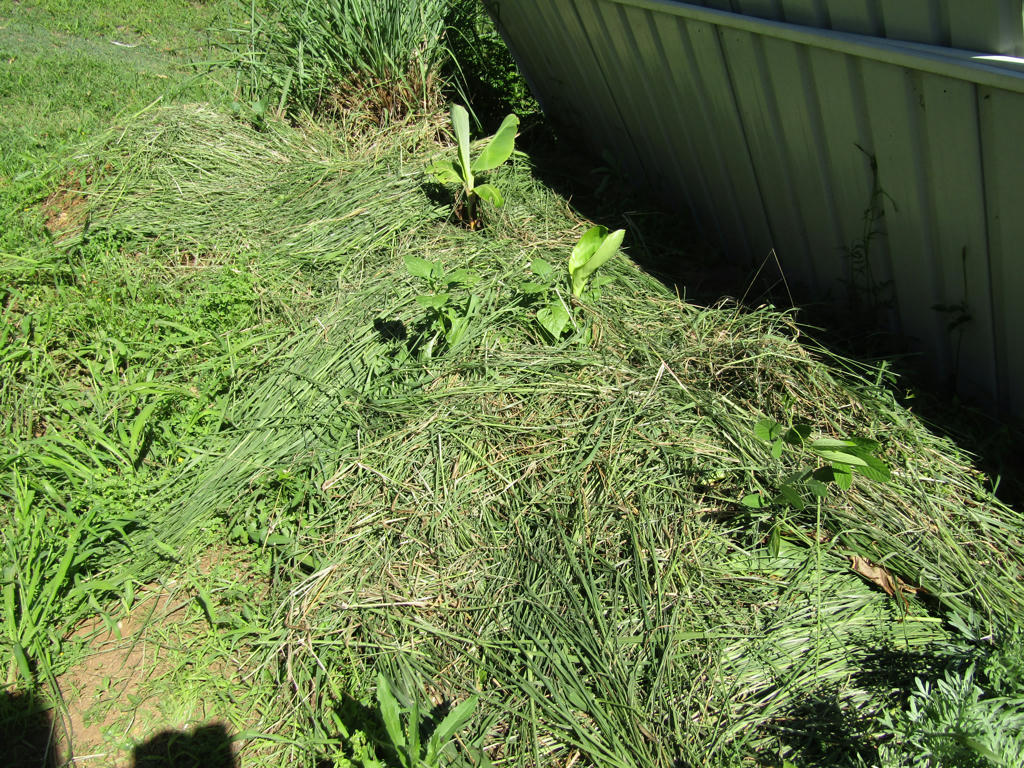
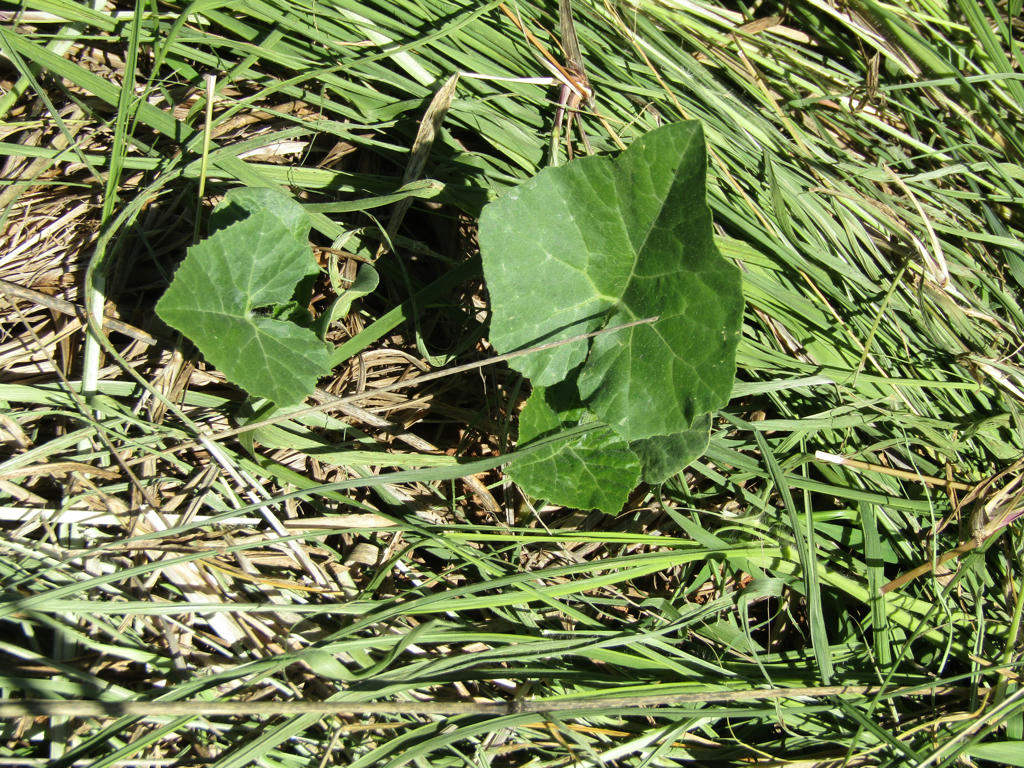
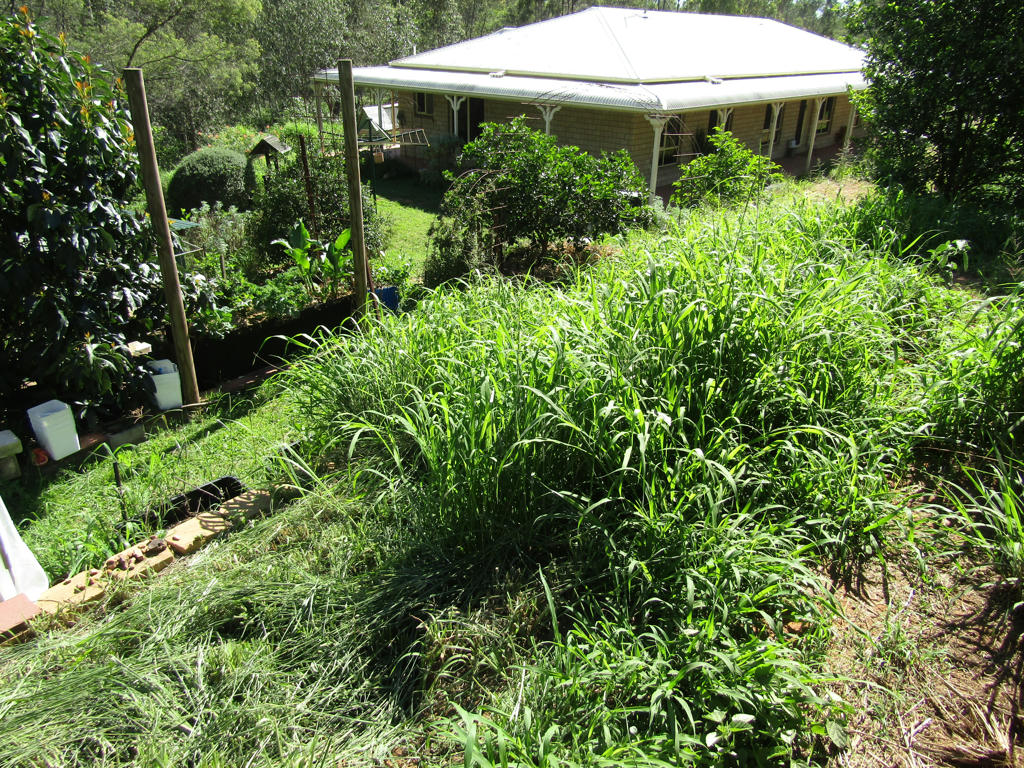
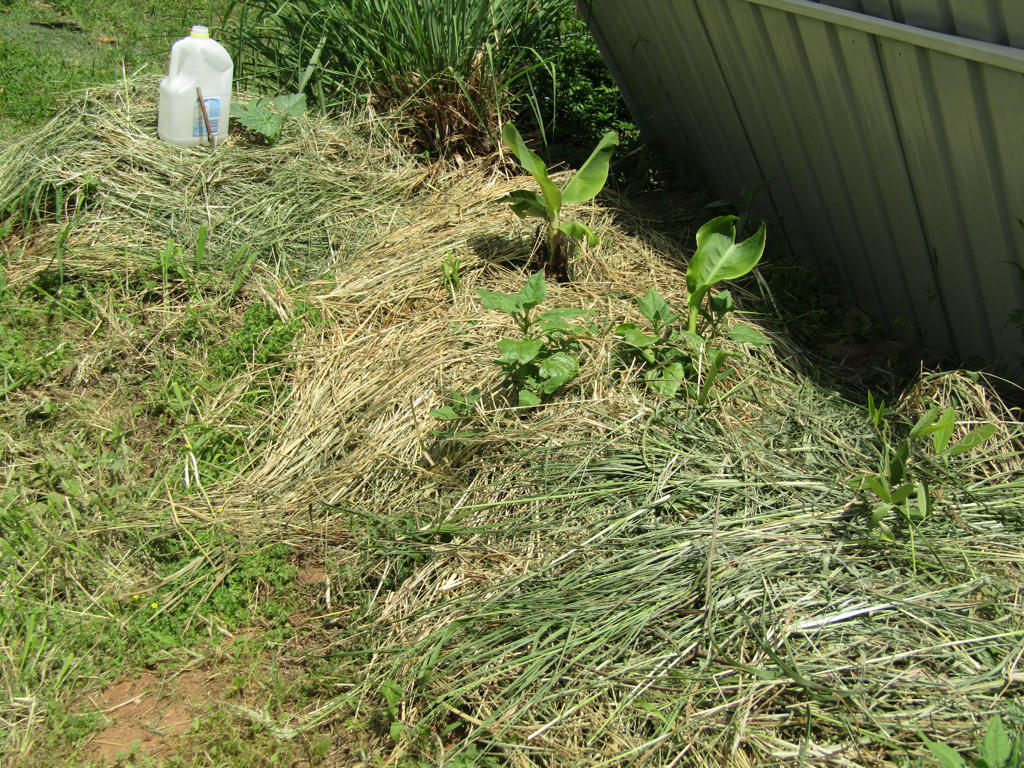
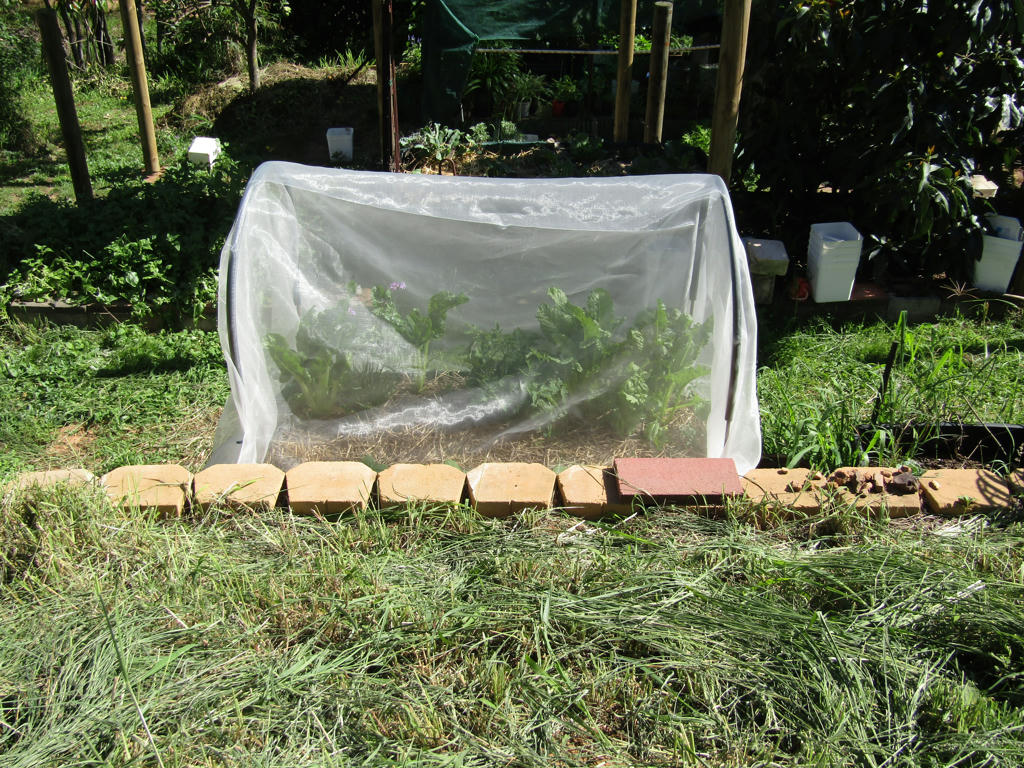
I have been thinking about principal 11 the last few days but in relation to community development - where two elements of the community may intersect and what could be developed in those areas.
ReplyDeleteThat's a great way to apply principle 11, Sherri. Community building. :)
DeleteChris thanks for that tip for the pumpkins. I must put more mulch around ours. There are so many weeds here it is hard to remember where the edges are :-)
ReplyDeleteHa! True that. I concede, I had to look for the edge of the blocks, many times. Often, cutting into them, accidentally. ;)
DeleteSo many interesting things happen at edges. I doubt whether I would have realised or understood this without the knowledge of permaculture.
ReplyDeleteI'm glad permaculture principles were outlined too. Makes it easier to perceive how nature works. :)
Delete